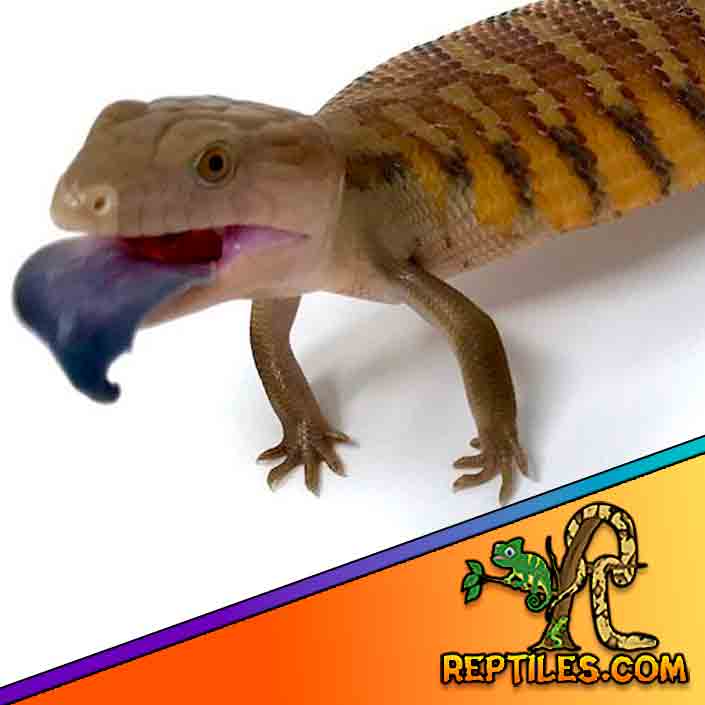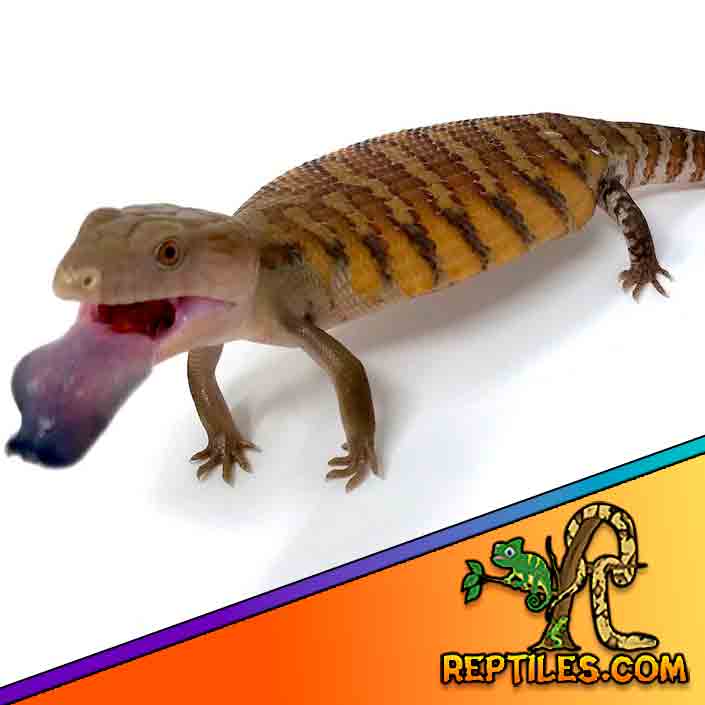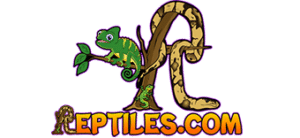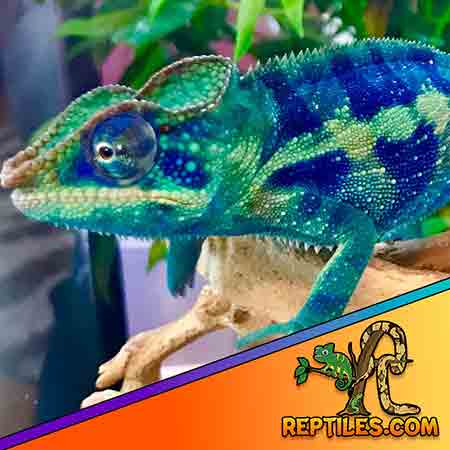Description
blue tongue skink for sale

Using something like forest floor cypress mulch or reptibark mulch works well for both baby and adult blue tongue skinks. By holding humidity, and controlling smell, we feel like that is probably the best blue tongued skink substrate for sale on the market.
If you are looking to save money, you can try to locate a cypress mulch locally, however it may have been treated with something that could be harmful to the baby skink, therefore we stick to the zoomed forest floor product. Substrate should be changed at least every 6-8 weeks as needed.
larger habitats for blue tongued skink

Larger habitats will not require being changed as often as smaller habitats will. Spraying down the substrate also will help maintain humidity as it naturally dries out over time with heat and UVB lamps above it.
Burrowing is common for both baby, juvenile and adult blue tongued skinks and therefore should not be a concern.
Blue tongued Skink Care Sheet

Our care sheet on the blue tongued skink includes detailed care guides provided by the CB Reptile staff biologist about the following topics:
- blue tongue skink care
- skink diet
- Northern blue tongued skink habitat
- Northern blue tongue skink lifespan
- skink temperature
- blue tongue skink for sale
- blue tongued skink humidity
- baby blue tongue skink size
- skink substrate
- baby norther blue tongue skink
- baby blue tongue skink for sale
When setting up your new captive bred baby Northern blue tongue skink for sale habitat, be sure to: Provide several hiding spots, allowing the skinks to choose the ones they feel most comfortable in.
Large coconut huts, or slightly curved pieces of cork bark, work well. If the pair are compatible, they will eventually choose to stay together in a single hide.
Make an indentation, several inches deep, directly underneath the chosen hide and fill it with a loosely packed, slightly damp mixture of peat moss and potting soil for the pair to dig into.
Blue tongue skink habitat
Blue tongue skinks prefer daytime temperatures in the area of 82-84 degrees. Night-time temps can be as low as 73 degrees but really should not dip below 70. Keep in mind blue tongued skinks prefer humidity at all times.
For this reason, we recommend humidity levels above 70 percent year-round. In the wild, blue tongued skinks for sale may sometimes be found living under forest leaves, piles of debris, which they dig into. Usually, they are found creating their “nests” in piles of leaf litter and forest debris near ponds, lakes, streams, or some type of small body of water.
Blue tongue skink lifespan
In captivity, it is believed that a baby blue tongued skink can live as long as 12-20 years. In the wild, however, it is believed that the average lifespan of a blue tongue skink is only 6-10 years.
With proper habitat, humidity, diet and care, your baby skink can live for over a decade. For this reason, be sure you are able to care for your baby skink for at least 10 years! It is always important to consider how long does a blue tongued skink for sale live for? Before buying your new baby skink and bringing he or she home.
Northern blue tongued skink for sale

Using a tank of at least 20 gallons for one, or 55 gallons for a pair of Northern blue tongue skink for sale works best. Whether it be a terrarium, used fish tank, aquarium etc, they all work well.
Once you have purchase your blue tongue skink habitat, be sure to spend time setting it up properly. Provide plenty of hiding areas for your baby blue tongued skink to feel secure.
The more secure your baby skink feels, the more relaxed he or she will be, and therefore will be easier to handle etc. Taming your skink is something you should work on nearly as soon as you get he or she home.
Let them settle in for about a week, and then begin to work with them by placing them in your hand and letting them sit a top of it.
Blue tongued skink diet
Blue tongue skinks should be fed a variety of small insects. All insects should be dusted with a mixture of a reptile vitamin and calcium. Feed your baby skink insects like grubs and worms, which may include crickets, Dubia roaches, wax-worms, mealworms, super-worms or even earthworms.
They key to a happy skink is a well fed skink that is eating a wide variety of food. By feeding a variety of insects that have been gut loaded and dusted with vitamins, you can ensure your baby skink will grow up healthy and strong.
Lastly, do not over feed vitamin d3. Using calcium with vitamin d3 is great, but no more than twice a week.
blue tongue Skink Humidity
Blue tongued skinks require high humidity. Humidity is key to proper growth, proper shedding, and preventing dehydration. It is recommended that you keep the humidity in the range of 70 to 80%.
By having the correct substrate, as well as the correct depth of substrate, you will be able to maintain humidity by periodically spraying down the substrate with a water spraying device.
Other options for maintaining humidity include utilizing a reptile fogger. Sometimes people will put a fogging system plugged into the same electric outlet controlled by the light timer.
This way in the morning when the lights go on, so does the father. By filling the fogger and evenings you will be able to maintain a day night cycle with the morning fog simulation.Reptile foggers are available here at CB reptile.
blue tongue Skink Temperature
Try to keep the temperature between 75 to 82 degrees during the day. In the evenings, the temperature can drop about by about 10 degrees and should remain above 70. For decor, blue tongue skinks don’t require branches or plants.
They do like to swim, however, and will dehydrate rapidly if kept too dry.
Usually providing a hot and cold spot is best. Using a basking lamp, like a Mercury vapor bulb during the daytime works great and also gives off some UVA and UVB as well.
Other heating alternatives include Heating element, typically 50, 75, or 100 W of power depending on the area you’re trying to heat and how high above the habitat you have the heating element mounted.
Keep in mind that heating lamps and heating elements will dry out both the substrate and the air so re-hydrating the habitat will be necessary to maintain humidity required to properly caring for your baby blue tongued skink.
Northern blue tongue skink size
How big does a blue tongued for sale skink get? Interestingly, blue tongue skinks for sale are some of the smallest of all species of skinks. If you are looking for a small skink species, or small breed of skink, consider the beautiful blue tongue skink for sale.
Baby blue tongue skinks only reach sizes of 8-10 ” on average, including tails and are at full size at 1 year of age.
Considered a young adult when they are as little as 8 months of age,skinks stay small. Their relatively small size, coupled with their cuteness and ability to be tamed with time and care, northern blue tongue skinks can make great pet reptiles.
Full grown northern blue tongue skinks can weigh anywhere between 500-and 800 grams, so they can be a little heavier than other reptiles to hold.
Blue tongue skink price

The blue tongue skink price is not as high as when they were considered more rare. That being said, the blue tongue skink cost is still not cheap. Expect to pay in the high 3-400.00 range for babies and a bit more for well started babies or juveniles.










Reviews
There are no reviews yet.